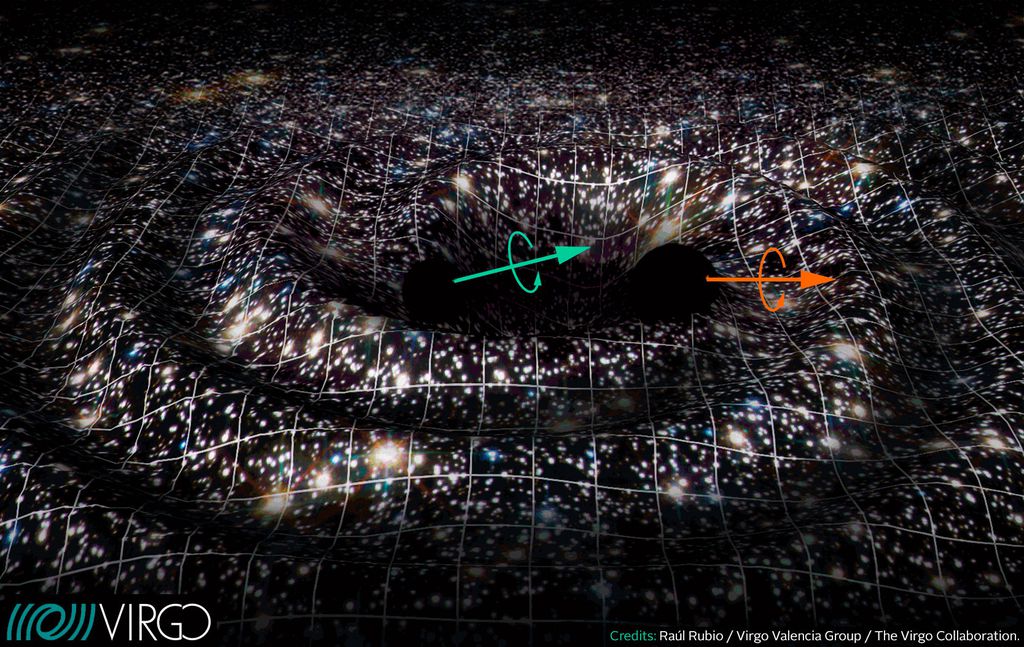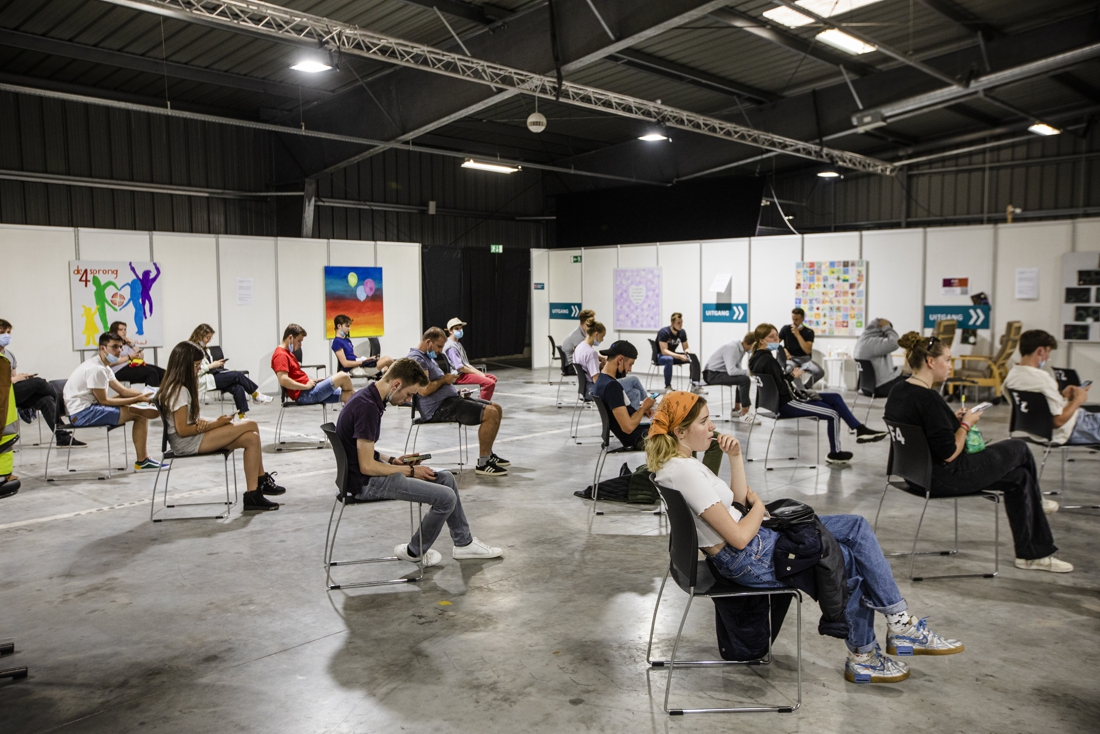If you like space adventures, this week’s news will be a “full plate”. The Ingenuity helicopter made another historic flight on Mars, and it already exceeds scientists’ expectations. Some researchers are considering bodily changes in future astronauts, and one company has already started selling tickets for a trip to space aboard a balloon.
The summary of these and other space news of the week you can see below.
Removal of future astronauts’ spleens is being considered to preserve their health on long-term space travel. Is that the spleen can be very affected if subjected to space radiation when thinking about, for example, a long trip to Mars.
When it comes to space exploration destined for another planet, there is little certainty about the reactions that the human body may face. For Mars, for example, it takes approximately three months to land, and medicine is still learning about human health in space. Experiments on the International Space Station, however, have already yielded great results. So a group of Russian and American scientists debated some ideas, including removing astronauts’ spleens to reduce the data resulting from radiation exposure.
It does not stop there! “Modified” astronauts may have parts of their eyes replaced with artificial ones or areas of the brain treated to prevent Alzheimer’s from developing. Will this science-fiction idea come true?

One of the theories of Stephen Hawking, more precisely regarding the mechanics of black holes, has been confirmed with the detection of gravitational waves, according to a new study. The authors analyzed LIGO data, comparing them with the second law postulated by the late cosmologist — the area of a Black Hole it could never shrink in size, however “conservative” physics says that if black holes ran too fast, they would shrink in size.
Well, if Hawking’s mechanics were correct, this collision between black holes would necessarily result in a black hole with a larger area than the original black holes, and this has been verified by scientists. To arrive at this result, they split the waves into two parts, one before the fusion and the other as an effect of the fusion itself. They found that the waves first spiraled toward each other at high speed and, after merging, turned into a single wave corresponding to a black hole larger in area than the area of the individual black holes. Point to Stephen Hawking.

On Mars, probes from different nations tend to “befriend” and take a few pictures of each other. That happened in the middle of this month, when the Mars Reconnaissance Orbiter (MRO) of NASA, produced a new record of the Chinese rover Zhurong, in the Utopia Planitia region, the largest known impact basin in the Solar System.
The photo even shows the tracks left by the rover’s movement as it moved away from the landing platform. The landing site has different colors because, during landing, surface dust was “blown” away. The Zhurong will remain in operation for 90 days to analyze the composition of the Martian surface, look for signs of water, among other tasks.

You Have you ever imagined traveling into space aboard a balloon? That’s right, the company Space Perspective intends to take tourists who dream of discovering our planet from outside the troposphere, with the help of a stratospheric balloon. They have already carried out the first test and, after verifying the success, the ticket sale was released.
In all, it will be a six-hour trip for a “bargain” of $125,000, a reasonable price for the unique opportunity to see our spheroidal (or geoid, if you prefer) planet. With a capacity to transport up to eight people, the Space Neptune capsule will reach an altitude of 30 km. Passengers will be inside the stratosphere, where the capsule will likely experience a jet-cold stream of air known as jet stream. Altitude is also within the ozonesphere, where ozone molecules absorb ultraviolet radiation.

Mars is a dusty planet filled with sandstorms that threaten robotic explorers’ equipment no matter where they are. Unfortunately for the InSight spacecraft, its solar panels were covered in dust, which certainly undermines the energy storage of sunlight. According to Banerdt, the panels have already reached 80% of darkening and, therefore, some instruments had to be temporarily turned off.
NASA has already tried to use the robotic arm of the lander to remove the dust a little, which actually helped a little, on the first and second attempts. The third resulted in a small increase, but enough to give the probe more “breath”. Even so, energy levels continue to fall and the Sun will not collaborate from a privileged position in the coming months. Some instruments will eventually shut down to save energy, but perhaps the extended mission will end prematurely because of this.

We still don’t know what it is or where it’s coming from, but we know it’s coming our way. An object cataloged as 2014 UN271 comes from afar, somewhere in the Oort cloud, and will pass through the Sun in 2031, before returning to the dark reaches of the Solar System. The orbital period of this object is 600,000 years, so it is a great opportunity for astronomers today to study a body from unknown regions.
The Oort cloud is an area around the Solar System so far from the Sun that we cannot observe objects, but it is estimated to have a huge population. The 2014 UN271 was identified from data from the Dark Energy Survey study, collected between 2014 and 2018, and may be between 100 km and 370 km in diameter. This may be the largest Oort Cloud object ever discovered.
Another successful flight for Ingenuity! The#MarsHelicopter completed its 8th flight on Monday. It flew for 77.4 seconds and traveled 160 meters to a new landing spot about 133.5 meters from @NASAPersevere, capturing its own shadow in this image. pic.twitter.com/cDY3etLjTf
– NASA JPL (@NASAJPL) June 22, 2021
Another successful flight for the collection of the small Ingenuity helicopter, which ventures into the fine atmosphere of Mars. This was the eighth, surpassing the expectations of NASA scientists themselves. The aircraft stayed in the air for 77.4 seconds, moved for 160 m and finally landed about 133.5 m away from the Perseverance rover.
There are still no dates for the next take-off of Ingenuity, which was designed as a tech demo and therefore does not carry scientific instruments. NASA is likely to continue testing the helicopter’s limits to see how far it can withstand the hardships of flying on Mars, as it tracks the rover Perseverance, which will probe Jezero Crater for signs of ancient life.
Read too:
Did you like this article?
Subscribe your email on Canaltech to receive daily updates with the latest news from the world of technology.
–
–
–


